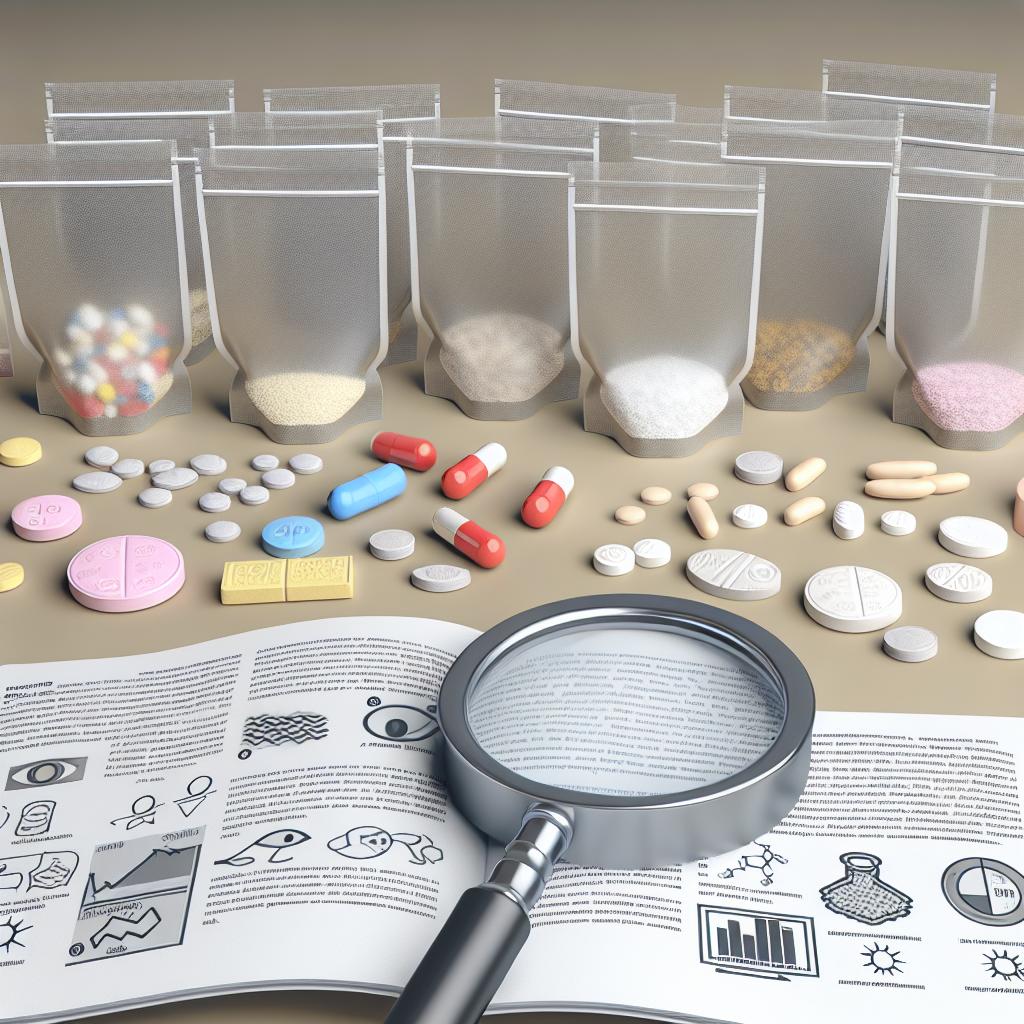Understanding Illegal Drugs
Illegal drugs are substances that are prohibited by law from being manufactured, distributed, or consumed. These are generally recognized as having potential for abuse, addiction, or harm and are not accepted for medical use. The classification of these substances varies between countries, but the overarching factor is their illegality due to safety and health concerns.
Defining Illegal Drugs
Illegal drugs typically fall under government-imposed regulations banning their use, possession, and distribution. They are often categorized based on their impact on the body, potential for abuse, and accepted medical use, if any exists. Some common examples include cocaine, heroin, methamphetamines, and cannabis in jurisdictions where it is prohibited.
Illegal drugs can generally be categorized based on their effects. Stimulants like cocaine and methamphetamines increase mental alertness but can also dangerously elevate heart rates. Depressants, such as heroin, slow down bodily functions but pose significant overdose risks. Cannabis is often debated and varies in legal status due to its dual impact as both a recreational and, in some areas, medically approved substance.
Potential for Abuse and Addiction
Many illegal drugs are classified as such due to their significant potential for abuse and addiction. Consuming these substances can lead to dangerous physical or psychological dependence. The compulsive nature of addiction can result in individuals prioritizing drug use over essential life activities, causing deterioration in personal and professional aspects of life.
The brain’s reward system plays a central role in the development of drug addiction. Illegal drugs typically stimulate a release of chemicals, such as dopamine, that create pleasurable sensations. With repeated use, the brain becomes accustomed to these high levels and starts to develop a tolerance. As a result, individuals feel the need to consume higher doses to achieve the same effects, leading them further into a cycle of dependence.
Health Risks Associated with Illegal Drugs
Illegal drugs can lead to serious health risks, both physically and mentally. Physically, they can cause acute consequences such as overdose, heart attack, and seizures. Long-term use can result in chronic health issues like liver damage, respiratory problems, and brain damage. Psychologically, they can induce hallucinations, paranoia, anxiety, and depression, which can have lasting detrimental effects on mental health.
Specific substances impact the body in different ways. For example, methamphetamines can cause severe dental problems, often referred to as “meth mouth.” Opiates like heroin can depress the central nervous system to the point of failure, leading to potentially fatal respiratory depression. Cocaine, on the other hand, is known for causing cardiac complications, including heart attacks and strokes, even in younger users who seem otherwise healthy.
Legal Consequences
Possession, distribution, or manufacture of illegal drugs is subject to stringent legal actions, varying across jurisdictions. Penalties may include fines, imprisonment, mandatory rehabilitation programs, and a criminal record. The severity of legal consequences often correlates with the type and quantity of drug involved, as well as the intended use—whether for personal use or trafficking.
Different countries adopt varying approaches to drug-related offenses. For example, some nations have implemented harm reduction strategies, leaning more towards treatment and rehabilitation than incarceration. Others maintain strict prohibition policies, with harsh penalties even for minor drug possession. The global inconsistency in legal frameworks makes the fight against illegal drugs a complex, multidimensional challenge.
Efforts to Combat Illegal Drug Use
Governments and organizations worldwide are actively working to combat the illegal drug trade and use. This involves legislative measures, international cooperation, and public education campaigns. Rehabilitation and treatment programs are also crucial in addressing addiction and helping individuals recover.
International organizations, such as the United Nations Office on Drugs and Crime (UNODC), work with countries to develop and implement strategies to combat drug trafficking and abuse. Their efforts include monitoring drug trends, providing data-driven policy recommendations, and assisting in enforcement technology enhancements.
Prevention and Education
Education plays a pivotal role in preventing drug abuse. Schools, communities, and healthcare providers strive to inform individuals about the risks associated with illegal drugs. Programs centered on youth education, parental involvement, and community awareness focus on equipping people with the knowledge to make informed decisions about drug use.
Rehabilitation and Treatment
For those already facing addiction, rehabilitation and treatment programs offer essential pathways to recovery. These programs vary widely, ranging from inpatient facilities providing round-the-clock care to outpatient support groups focusing on community-based recovery. Treatment typically involves a combination of medical intervention, counseling, and behavioral therapy designed to address both the physical and psychological aspects of addiction.
Additionally, harm reduction strategies, such as needle exchange programs and supervised injection sites, aim to minimize the negative health outcomes associated with illegal drug use while respecting the autonomy of drug users.
Challenges and Future Directions
Despite numerous efforts, the global war on drugs faces considerable challenges. These include the evolving nature of synthetic drugs, which constantly change composition to evade legal regulation, and the need for international cooperation amidst differing legal landscapes.
Looking forward, innovative approaches and wider acceptance of harm reduction strategies may pave the way for more effective solutions. Embracing technological advancements for tracking drug trafficking patterns and enhancing educational outreach through digital platforms could prove significant in transforming future drug policies.
In conclusion, illegal drugs pose significant risks not only to individual health and well-being but also to society at large due to their widespread impact. Understanding these substances’ health implications, legal ramifications, and efforts to mitigate their use is essential in addressing this global challenge. For more detailed information on drug laws in different regions, you may consult specific governmental resources or check the guidance provided by agencies such as the United Nations Office on Drugs and Crime (UNODC).





